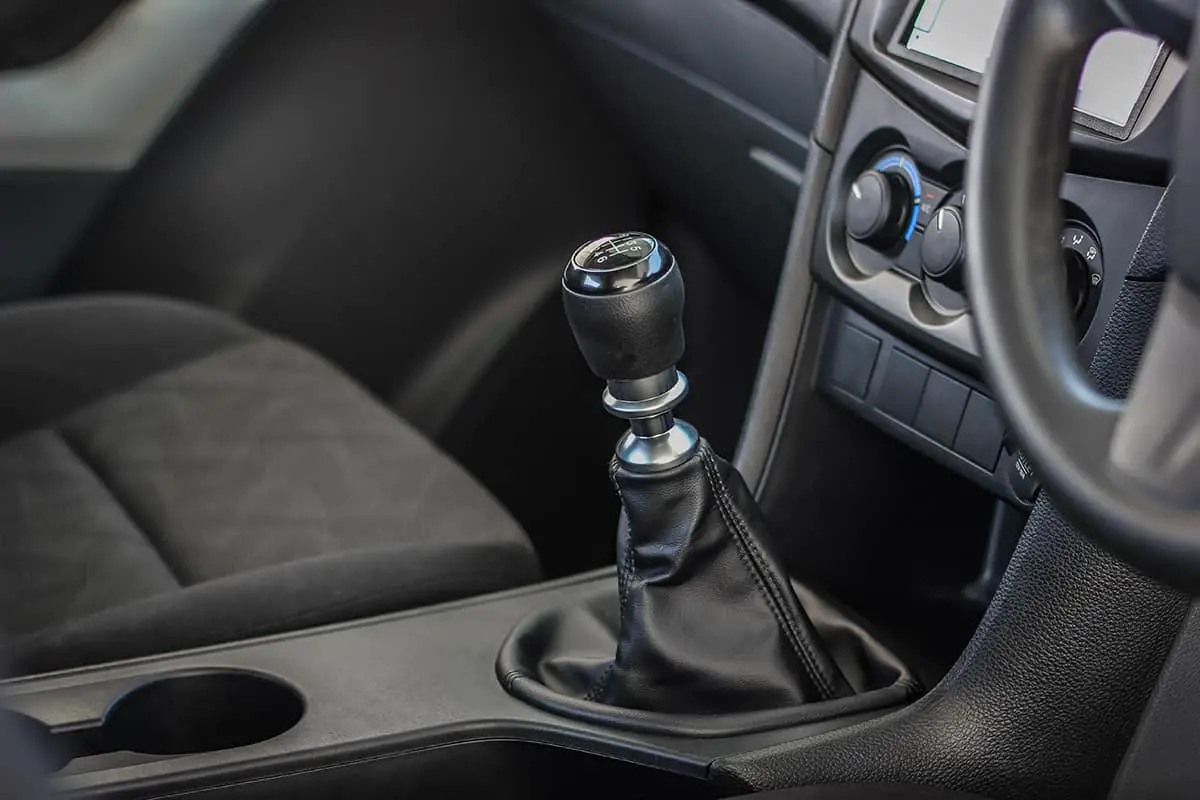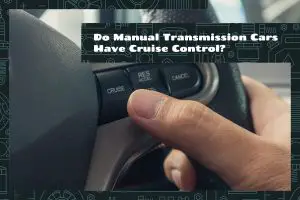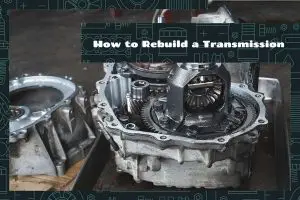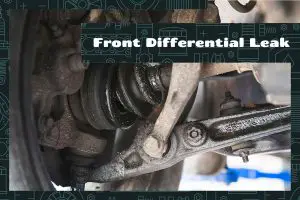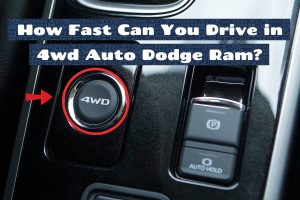Shifting gears in a car is something most of us do without giving it a second thought. But for some motorists, the way they shift gears is an art. They talk about ‘floating gears,’ a technique that’s a tad different from the usual gear-shifting method. To the uninitiated, it might sound dangerous, which raises the question: can you float gears?
Yes, you can float gears in a car. It’s a method of shifting without using the clutch. However, if done incorrectly, it can cause wear on the transmission or even damage it.
Today, we’ll learn about the nitty-gritty of floating gears, discussing its perks, pitfalls, when you can do it.
How Manual Transmissions Work
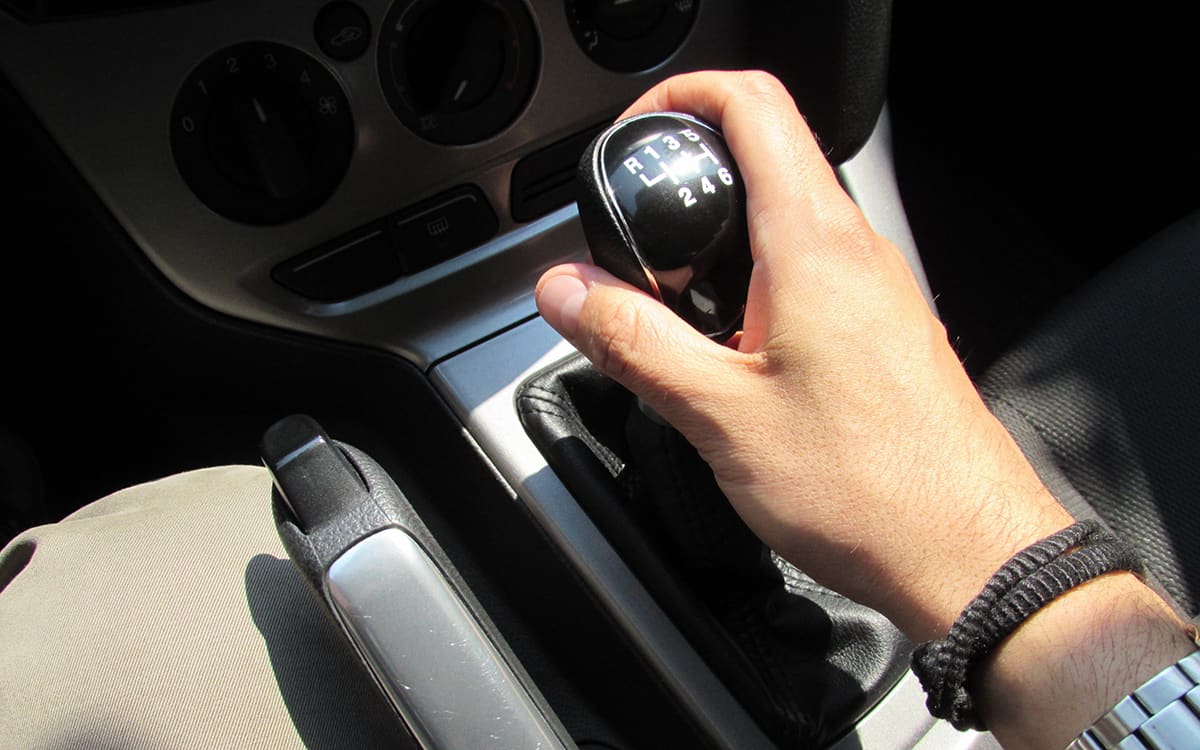
Floating gears is a technique exclusive to manual transmissions. Let’s briefly cover the basics of this transmission before diving into the details of float shifting.
The Clutch
The clutch is a device that temporarily disconnects the engine from the transmission. When you press the clutch pedal, it breaks the connection, allowing you to change gears. Once you’ve shifted, releasing the clutch re-establishes the link, so power flows again.
Synchronizers
Synchronizers in a manual transmission ensure that the gears being engaged are moving at compatible speeds. This prevents gears from grinding against each other, ensuring a seamless transition between gear ratios.
The Art of Floating Gears
Floating gears might sound like a magician’s trick, but in the world of manual transmissions, it’s a nifty skill. Also known as “clutchless shifting,” it’s about changing gears without pressing the clutch.
Why, you ask? It can save some wear on the clutch and even make shifts quicker in certain situations. But—and there’s always a ‘but’—it’s not as simple as it sounds.
- Know Your RPM: Every car has its sweet spot—the right RPM (usually between 2500 and 3000) to shift gears. Keep an ear out for your engine’s hum. Too high or too low, and you could mess things up.
- Ease Off the Gas: Just before you’re about to shift, lay off the accelerator gently. This reduces the load on the transmission.
- Shift Smoothly: Now, slide the gear lever out of its current position. If it won’t budge, don’t force it. You’re probably not at the right RPM. When the revs are just right, the gear lever should move effortlessly.
- Engage the Next Gear: Slide into the next gear smoothly, then gently get back on the gas. And voila! You’ve just floated a gear!
The Risks and Rewards of Float Shifting

One side of float shifting has the allure of swift, seamless shifts, while the other teeters towards potential damage. So, why even consider it?
Rewards of Floating Gears
- Swift Shifts: Ever watch a professional racer blaze through a track, shifting gears like they’re flipping light switches? Part of that magic is the art of floating gears. By bypassing the clutch, you can shift a tad faster, which might just shave those few precious seconds off your time.
- Reducing Clutch Wear: While the clutch is designed for durability, constantly pressing it adds wear and tear. Floating gears, when executed perfectly, can give your clutch a breather, potentially extending its lifespan.
- Enhancing Driving Experience: For the true car aficionados, mastering floating gears can be satisfying. It’s like learning a secret handshake, adding another layer to the bond between driver and machine.
- Efficiency Boost: Some argue that floating gears at the right RPM can boost fuel efficiency. Though the difference might not be astronomical, it’s a bonus, especially for those long drives.
When Floating Gears Can Be Useful
- Transmission Torture: Mistimed floating can be brutal on your transmission. Constantly forcing gears can wear them out faster, potentially facing total failure before the 120,000-150,000-mile mark.
- Not Beginner-Friendly: If you’re still getting the hang of driving a manual, adding floating gears to the mix can be overwhelming. It’s a technique that requires finesse and an understanding of your car’s nuances.
- Potential for Grinding: Remember the dreaded gear grinding we talked about? Get the RPMs wrong while floating, and you’ll hear that sound more often. Not only is it cringeworthy, but it’s also a sign you’re damaging your gears.
- Stress on the Synchronizers: Synchronizers play referee in the game of gear shifting, ensuring smooth transitions. Floating gears heaps more responsibility on them, and over time, this can lead to wear and tear.
The Difference Between Floating and Grinding Gears
Ever been in a car when it made a cringy, teeth-gritting noise during gear shifting? That’s gear grinding. Now, you might wonder, “How’s that different from floating gears?”
Signs of Grinding Gears
- Harsh Noises: This is the car’s way of saying, “You’re doing it wrong!” It’s usually a loud, abrasive sound during a gear change.
- Resistance: When shifting, if the gear lever feels like it’s fighting back, that’s a sign. It shouldn’t be a wrestling match.
- Delayed Movement: Your car takes a second longer than usual to pick up speed after a shift.
How Floating Avoids the Grind
- Smooth Moves: Unlike grinding, floating gears is all about smooth transitions. There’s no resistance, no noise, just a fluid movement from one gear to the next.
- Spot-On RPM: Floating relies on shifting at the right RPM. When you nail that perfect moment, there’s no grind; it’s a clean switch.
- Skill Over Force: It’s less about muscle and more about timing. When you float gears properly, there’s no need to force the gear lever.
When to Float Gears

So, after learning about float shifting, when is it cool to do so, and when should you buddy up with your clutch?
Moments to Float Gears
- Highway Cruising: Ever felt the open road call out to you? Highways and long stretches can be prime spots for floating gears. With fewer stops and starts, you can maintain a consistent speed and RPM, making it easier to float gears smoothly.
- Racing (For the Pros): If you’re onto track days and racing, floating gears can give you that slight edge. A fraction of a second saved during shifts might just get you that podium spot.
- When Your Left Foot Needs a Rest: Been cruising for a long time and your clutch foot’s begging for a break? Floating gears occasionally can give your foot and the clutch a little breather.
Times to Cozy Up with Your Clutch
- City Drives: If you’re navigating bustling streets filled with traffic lights, pedestrians, and unpredictable taxis, the clutch is your trusty sidekick. With constant acceleration and deceleration, the clutch offers better control.
- In the Learning Phase: Learning to drive a manual? It’s like riding a bike with extra steps. Before attempting any fancy footwork, get a firm grip on the basics. Remember, crawl before you walk.
- Hilly Terrains: Trying to float gears uphill can be like juggling on a unicycle. The changing gradients require precise control, and the clutch offers that. Likewise, for downhill drives, you’ll want the clutch to help regulate speed.
- When in Doubt: Driving a new car or just not feeling the float? Stick to the clutch. Like a loyal dog, it’s there to help, especially when things get hairy.
To Float or Not to Float
Your car talks. Listen to the engine. When it purrs just right, you’ll know when to shift. If it’s growling or making those oh-so-awkward noises, perhaps it’s not the right time to float.
Furthermore, you should always be aware of your surroundings. If it looks like you’ll need to stop, slow down, or maneuver quickly, the clutch will offer better control.
